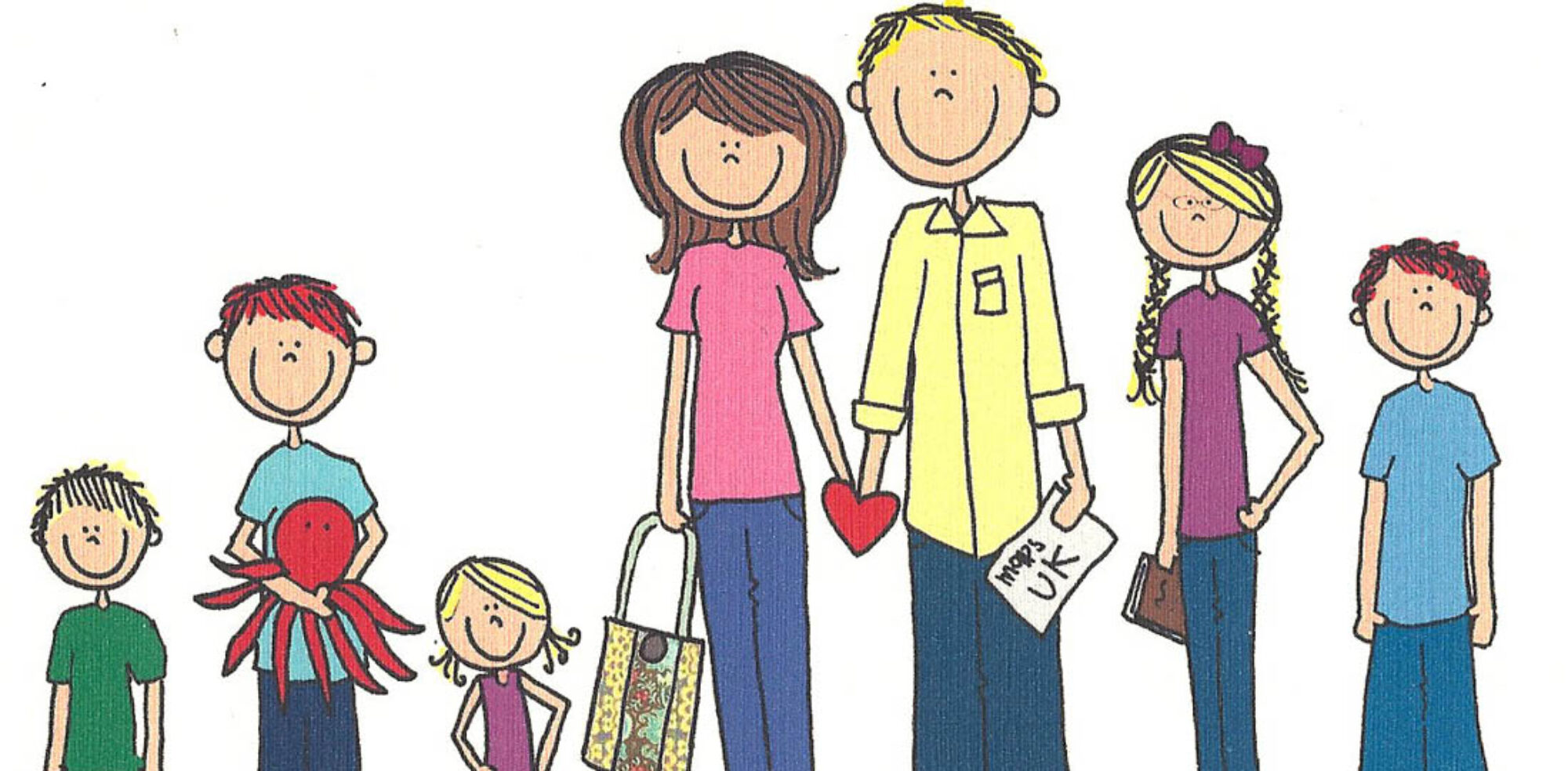Councils in an art historian who dreamed the silence of the library and instead has become (happily) a teacher of art and images, tour guide and mother struggling with the words … but always with the desire to watch!
Look, preferably from TRUE
The museum, for a child, is always a fascinating place, far more often than it is for an adult. If you believe that an afternoon at the museum is boring, do not bring children, pretending to be passionate about something that you do not care, and cultivate the hope that their teachers do not think like you.
But if you think I can do for you, you accept the idea of spending time in a museum with your kids.
Do not expect to do a lesson in art history and avoided melodramatic scenes in front of masterpieces: the children usually are suspicious that the other is an attitude.
Rather, sit on the floor in front of a work that you consider significant and, with calm and unpretentious, do an exercise of observation: which is the subject, what colors were used, such as forms, which technique. Do not invent what we do not know and express your feelings from the experience that you are doing in trying to involve children. Take a job at the same: to teach and not desirable if the child demonstrates indifference persist, trying to convince him that the word is by inspecting it really is a masterpiece.
Try to avoid places that are too crowded or confusing: normally exhibits “booster” will lead to a very small audience of observers. Do not think that there are masterpieces “mandatory” and museums “useless”: there are often small or provincial museums displaying works are interesting and semi-deserted, why not go? You can also inquire about educational activities that are organized: there are really meritorious initiatives. Beware however of those who swap the museum for the amusement park …
If you are very passionate and your children are accustomed to follow you in your artistic pilgrimages have them with you to participate in guided tours, but only if you are really sure that they can “stand up” (and maybe ask the guide who has an eye on them ). Otherwise, avoid boring them and adhere only to initiatives for children: there will be time for the lessons of history. The direct comparison with the work is obviously the best we can be, but the same can be done in the evening on the couch with a beautiful art book.
Invented, but do not cheat.
In the face of a work, invented a story, but do not say what the artist did not say (unless you want to read biographical texts, and there are beautiful, as letters to his brother Theo Van Gogh or My Life by Chagall)
Be honest: no one forbids us to use our imagination, but let’s cards on the table, perhaps imagining a story with children. Not improvvisiamoci art historians (or worse, art critics) if we are not: in any case a child who looks a work of art with her mother asks her that.
CREATE, ALWAYS
Why not start from the analysis of works of art to stimulate children’s creativity?
Here’s an example: if you want to teach a child what are the primary colors (yellow, red and blue), do not believe that it is easier (as well as creative and fun to do) after seeing the works of Keith Haring? How many jobs can experience after watching these pictures? Or, how many stories I can invent after watching this?
Can I choose to tell the story of Icarus and then watches as the Matisse had painted, or do the opposite (look at first and then the story), or even invent the story of this character flying
